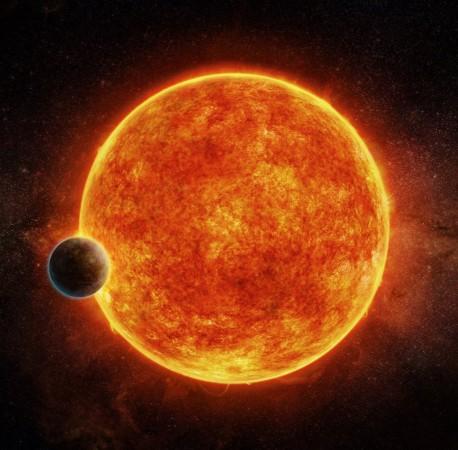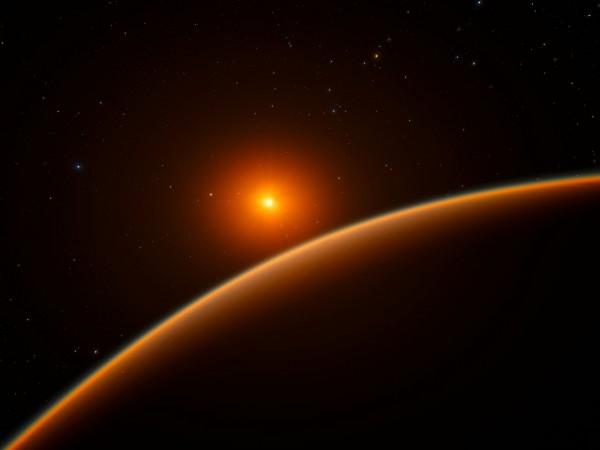
Astronomers have revealed that those Earth-like planets that orbit a cool and small star are potentially more habitable and can possess alien life.
Also Read: Habitable planets will mostly be covered in water, say researchers
A planet dubbed LHS 1140b, which is six times as massive as Earth, orbits a red-dwarf star called LHS 1140. This planet, which is also referred to as Super-Earth, is present in the habitable Goldilocks zone which doesn't have extreme temperatures, at a distance of 40 lightyears away.
Around 3,500 exoplanets have been discovered so far by the researchers and the number is still growing. NASA had spotted a total of 715 new planets with the help of the Kepler telescope in 2014. The red dwarf star that this newly spotted planet closely orbits is less luminous, which becomes fairly noticeable when viewed with the help of telescopes.
"The star is close, and small, and quiet, in terms of flares and activity," said Dr Jason A Dittman, the lead author of the study, as reported by Buzzfeed News.
The planet LHS 1140b is has all the potential characters required to be habitable. The researchers will be analysing the planet with the help of the prevailing telescopes, they will also utilise Hubble Space Telescope along with various ground-based telescopes to examine the exoplanet better.

"The present conditions of the red dwarf are particularly favourable – LHS 1140 spins more slowly and emits less high-energy radiation than other similar low-mass stars," said Dr Nicola Astudillo-Defru of Geneva Observatory in Switzerland, as per an ESO statement.
Dr Dittman stated that more details about LHS 1140b will be accumulated using James Webb Space Telescope and the Giant Magellan Telescope which would be launched in 2018.

"This is the most exciting exoplanet I've seen in the past decade," said lead author Jason Dittmann of the Harvard-Smithsonian Center for Astrophysics (Cambridge, USA).
"We could hardly hope for a better target to perform one of the biggest quests in science — searching for evidence of life beyond Earth."
Atmospheres of exoplanets will be closely examined with the help of ESO's Extremely Large Telescope in the future. Researchers will make detailed surveillances of these planets and LHS 1140b is believed to be the most habitable exoplanet discovered by the astronomers so far.

















